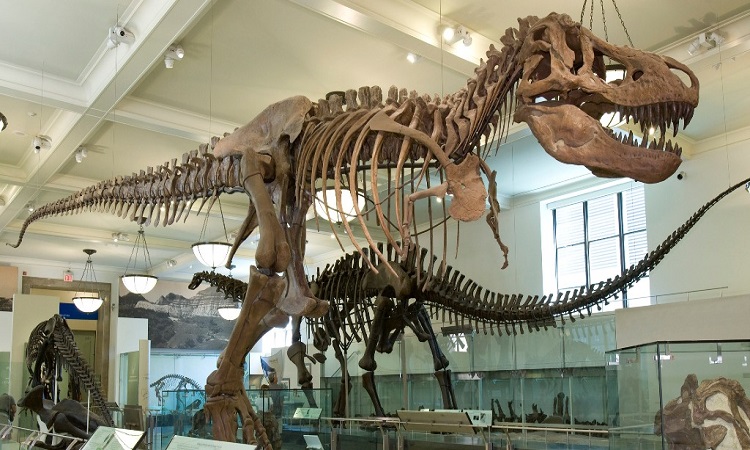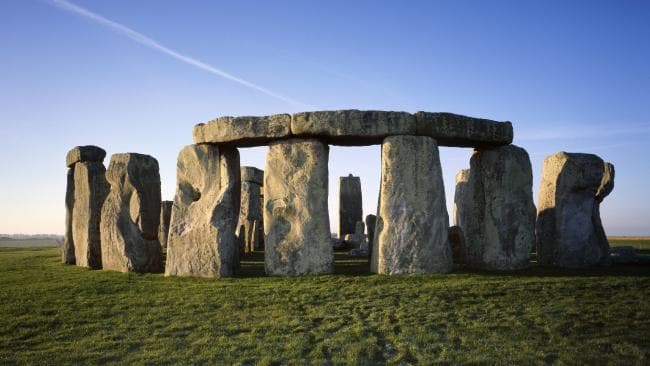Researchers studied small T-Rex fossils and finally concluded that they were young dinosaurs.
It all started in 1946 with the discovery of the skull of a small T-Rex in the Hell Creek formation, in Montana (United States). Some believed it to be a previously unknown pygmy species and others argued that it was a young T-Rex who had not yet reached adulthood.
Things then changed in the early 2000s with the discovery of the remains of two other small T-Rex. Again, some researchers have continued to claim that these fossils belong to a pygmy species.
The two specimens, called Jane and Petey, have recently been the subject of a new study. According to these works, they were many teenagers.
“Our research independently tests the” Nanotyrannus “hypothesis using bone histology, rather than evidence of bone morphology,” says Holly Woodward of Oklahoma State University. “The microstructure of the bone tissue reveals the rate of growth at the time of death. So we can know whether or not these animals were adults. And our results show that Jane and Petey were clearly juveniles. ”
At the dawn of a major growth spurt
These two young T-Rex were between 13 and 15 years old at their death, can be read in the journal Science Advances. They were about six meters long and were slightly larger than a draft horse. It is estimated that they weighed between 975 kilograms and one tonne, about one tenth of the estimated weight of Sue, the largest T-Rex found to date. The causes of their deaths have not been identified.
“I was surprised that the juveniles were so small for so long,” said the researcher. This survival strategy is indeed different from many other dinosaurs (and modern animals) which grow very large very quickly. The T-Rexes were probably enjoying a significant growth spurt around the age of 20. It was indeed at this age that Sue died. The life expectancy of these dinosaurs is however not known.
Researchers also believe that by staying smaller, juveniles were likely thinner and faster than adults. They could then hunt different prey, fulfilling different roles in the ecosystem. We recall that the adult T-Rex, them, were mainly scavengers.

Email: mary@satprwire.com Phone: +44 20 4732 1986
Marry is a fitness freak in every manner and gives proper care about her health and of others. She is probably the best person we have at Daily Research News for covering articles from the Health sector. If not at work, she can be seen drinking a cup of coffee.



